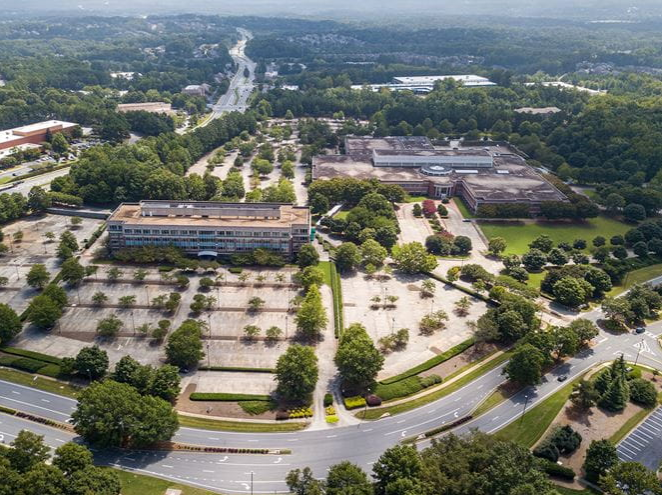Joe Raedle
Market participants will get more data on the state of U.S. employment on Friday, when the Department of Labor issues its Summary of the Employment Situation, commonly called the Jobs Report.
The number of Americans working is important because the Federal Reserve pays attention to the number when setting monetary policy. And that impacts the interest rates that consumers and businesses pay when they borrow, impacting such things as mortgages, corporate debt to finance expansion, and credit card borrowing.
The Federal Reserve has a dual mandate from Congress — maintain price stability and full employment. The central bank has defined price stability at 2% inflation, but it doesn’t have a numerical target for what full employment is.
As the Fed continues to ratchet up interest rates in an effort to suppress demand and tame inflation, job growth has been remarkably resilient. That’s kept the Fed confident in its rate-raising campaign.
Nonfarm payrolls are expected to increase about 200K in October, down from the 263K jobs added in September, but it’s still a strong level of job growth.
“We expect to see slower hiring in the October employment report,” said Mark Hamrick, senior economic analyst at Bankrate. “Payrolls growth is unlikely to match the recent pace. Some 263K jobs were added in the September jobs report. Since the beginning of 2021, the U.S. economy has added an average of 501k jobs a month.”
The unemployment rate is expected to tick up to 3.6% from 3.5% in September, a 50-year low.
Economists expect the labor force participation rate to be unchanged at 62.3%. The average hourly wage is projected to rise 0.3% from September’s $32.46 rate, bringing the average hourly wage to $32.56 in October. On a Y/Y basis, wages would increase 4.7%, slowing from the 5.0% increase in September.
KPMG U.S. Chief Economist Diane Swonk, who estimates October job growth of 160K, expects to see labor hoarding showing up in the October numbers. “Many hotels and restaurants held onto seasonal hires after the Labor Day holiday,” she said. “They will remain reluctant to let those workers go, especially given the ongoing strength in demand for travel and tourism.”
That strength in leisure hospitality showed up in the ADP jobs report released on Wednesday. Historically, the ADP numbers haven’t been a good predictor of the Labor Department numbers, but ADP has rejiggered its model working in collaboration with the Stanford Digital Economy Lab. Going forward, there may be more agreement between the two sets of data.
With home sales contracting as mortgage rates surge, expect to see weakness in the construction and manufacturing industries. “Manufacturing and construction employment could come in somewhat soft, Swonk said. “Manufacturers in the housing market have been cutting aggressively as orders have dried up.”
“We’re seeing many macroeconomic signs of the strength of the U.S. economy with strong labor force numbers and signs of GDP growth,” said Giacomo Santangelo, economist at job search website Monster. “As a result, the Fed will likely be further emboldened to continue their aggressive inflation fight and stay the course with their monetary contraction.”
In September, the number of job openings unexpectedly rose to 10.7M, vs. the 9.88M consensus. In the September DOL jobs report, there were 5.8M unemployed workers, resulting in 1.9 job openings for every job seeker.
Federal Reserve Chairman Jerome Powell indicated on Wednesday that the central bankers could shift down to smaller rate hike from its November increase of 75 basis points as soon as December. But that’s not a sure thing.
This jobs report will help to inform the Fed on their December decision. “If economic data (labor data in particular) don’t come in much stronger than anticipated, the odds of a 75bp hike should fall,” wrote analysts at 22V Research.
Despite worries of a looming recession, SA contributor Jesse Felder says equity investors are betting on a soft landing
















